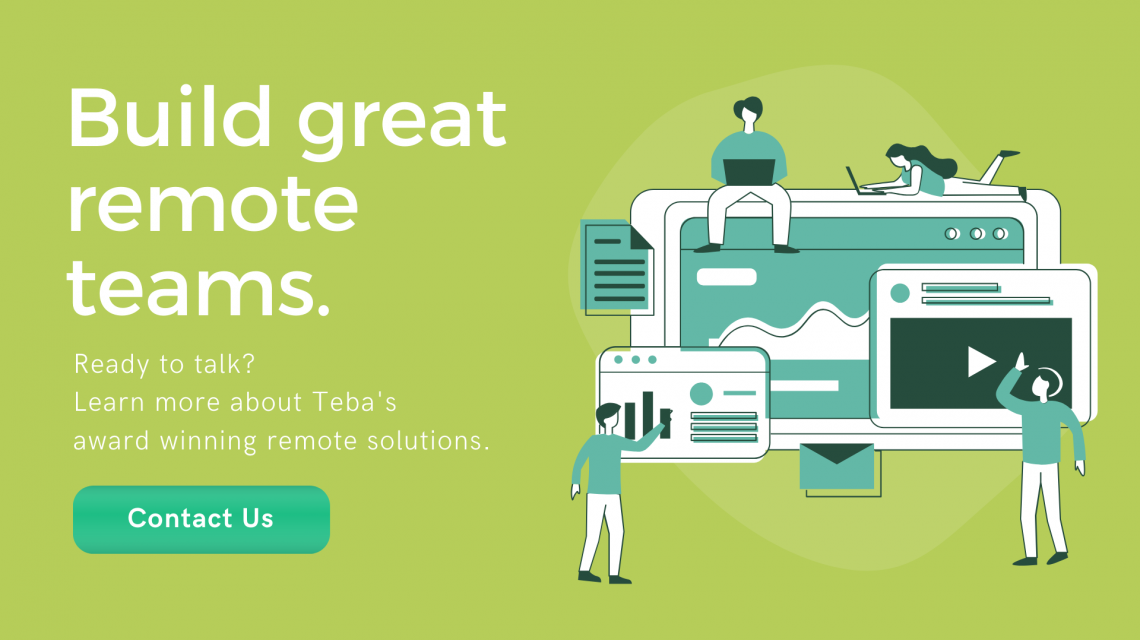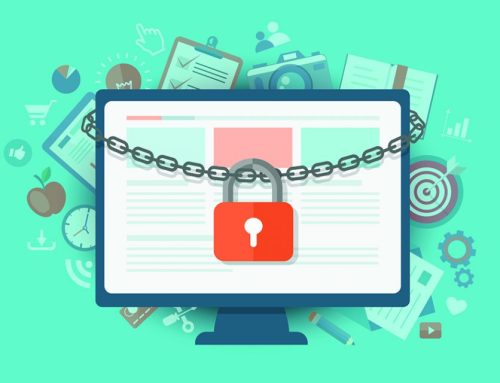With the novel COVID-19 gaining more ground, social isolation has become a concern for everyone. Increased measures are being put in place by government and health organisations to keep everyone safe. While employers are not entirely prepared to entirely stop work, the situation has warranted some mandatory changes in the work system.
Now, more than ever, more Australian employers across all industries are encouraging their employees to switch to working remotely for the period of this pandemic. While some employees have no problem making the switch, others are apparently struggling with every bit of the new setting.
This brings us to the question: What can be done to make the transition of new remote workers seamless? While communication remains the most important factor, there are other ways employees can help former ‘walk-in employees’ transition into the world of remote work.
Keeping communication channels open with employees/teams is crucial.
Nothing beats communication if we are all serious about having an efficient workplace, both remotely and non-remotely. An organization that wants to get the best out of its new remote workers must make communication a priority. Employees deserve a structured and clear system of communication between themselves and their team leads and superiors.
The period of social distancing can come with a lot of uncertainties, especially as they relate to work. Hence, employers that are serious about managing people over distance must offer regular and clear updates on their jobs, tasks, and what is expected of their employees. This may come in the form of scheduled emails, webinars, or group meetings via video conferencing.
Regular and defined updates will not only prevent the anxiety that comes with this switch but also put employees in a safe place. Employees are better-positioned to put in their best when there is a connection between them and their team managers. While technical difficulties may come with these digital communication options, employers are expected to offer fail-safe communication alternatives like landlines and no-video chats that requires less bandwidth.
Retaining all forms of collaboration is helpful.
It may be tempting to resort to a deadline-based system of tasks and delivery during the current times. However, this will reduce efficiency and make new remote workers struggle. Instead, employers must retain most, if not all, of the collaborative systems that were in place before the switch to working remotely.
Team leads and managers must ensure that every member of the team is contributing, either directly or indirectly, to the task at hand. What is expected of member A? How can member B help the team? Every employee must understand what is expected of them and see how their contributions are relevant to the successful completion of the task at hand. Task or project timeline must be accessible by everyone and continuously updated by team managers as the team makes progress.
Effective collaboration increases efficiency. It helps new remote workers to settle better into their new working environment without adversely affecting their contributions.
Remote work comes with its challenges, but proactively addressing your remote team’s challenges helps you build a happy, healthy, and most importantly, productive workforce that grows and sustains your business operations.









